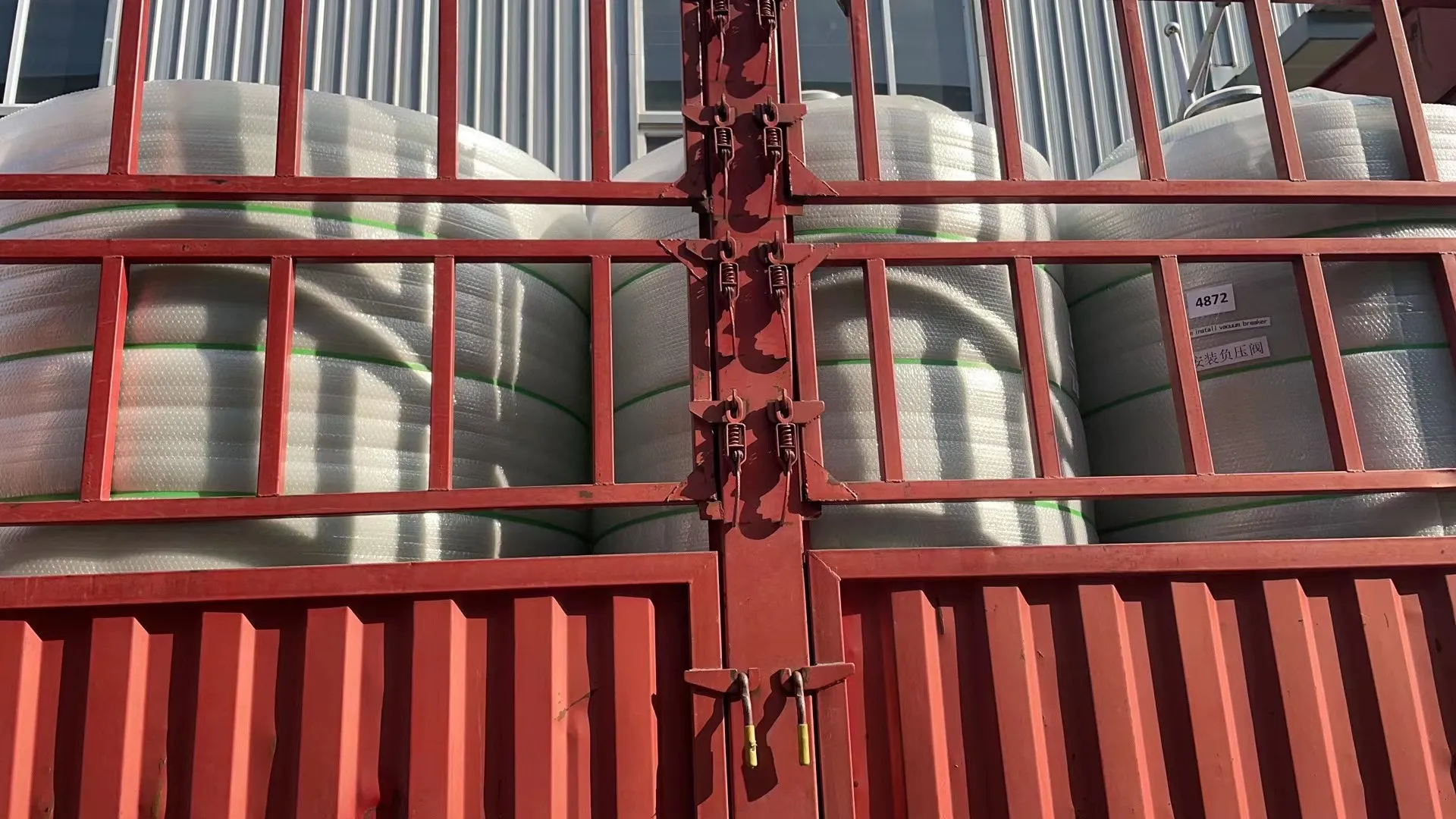loading...
- No. 9, Xingyuan South Street, Dongwaihuan Road, Zaoqiang County, Hengshui, Hebei, China
- admin@zjcomposites.com
- +86 15097380338
- Welcome to visit our website!
Advantages of Using Fiber Reinforced Plastic Grating in Industrial Applications
The Benefits and Applications of Fibre Reinforced Plastic Grating
Fibre reinforced plastic (FRP) grating is an innovative material that has been gaining traction in various industries due to its excellent strength-to-weight ratio, corrosion resistance, and versatility. Composed of a polymer matrix reinforced with fibrous material—typically glass or carbon fibres—FRP grating has emerged as a reliable alternative to traditional materials such as steel and wood. This article discusses the benefits and various applications of FRP grating, showcasing why it has become a preferred choice in modern construction and industrial sectors.
Superior Strength and Lightweight Nature
One of the most remarkable attributes of fibre reinforced plastic grating is its high strength-to-weight ratio
. This quality makes it an ideal choice for structures that require both durability and weight considerations, such as walkways, platforms, and staircases in industrial settings. The lightweight nature of FRP grating allows for easier installation and reduced transportation costs, ultimately translating to significant savings during construction and maintenance.Corrosion Resistance
Another significant advantage of FRP grating is its exceptional resistance to corrosion. Unlike steel, which can rust when exposed to moisture and chemicals, FRP grating remains unaffected by harsh environments. This property is particularly beneficial in industries such as chemical processing, wastewater treatment, and marine applications, where materials are often subjected to corrosive substances. By utilizing FRP grating, companies can extend the lifecycle of their structures and reduce the need for costly repairs and replacements.
Safety Features
fibre reinforced plastic grating

FRP grating is designed with safety in mind, often featuring a slip-resistant surface that enhances footing in wet or oily conditions. This makes it an excellent option for walkways, platforms, and other areas where safety is a concern. Additionally, the inherent design of FRP grating allows for better drainage of liquids, reducing the risk of slip-and-fall accidents. In environments where personnel safety is paramount, such as oil rigs and factories, the implementation of FRP grating can be a significant factor in safeguarding workers.
Versatility and Design Flexibility
Fibre reinforced plastic grating is versatile, available in various shapes, sizes, and colours to suit diverse applications. Its customizable nature allows for integration into a wide array of designs and structures, making it attractive in architectural applications. Furthermore, FRP grating can be manufactured in different styles, including solid, open mesh, and checkerboard patterns, enabling designers to create aesthetically pleasing as well as functional installations.
Environmental Sustainability
With the growing emphasis on sustainability in construction and manufacturing, FRP grating presents an eco-friendly alternative to conventional materials. Its long lifespan reduces the frequency of replacements, thereby lowering waste production. Additionally, FRP can be produced from recyclable materials, aligning with the increasing demand for sustainable building practices. Companies that opt for FRP solutions not only enhance their operational efficiency but also contribute positively to environmental conservation efforts.
Conclusion
Fibre reinforced plastic grating stands out as a groundbreaking material that offers numerous benefits for various applications across industries. Its remarkable strength-to-weight ratio, corrosion resistance, safety features, design flexibility, and sustainability make it a smart choice for modern construction and maintenance projects. As industries continue to seek innovative solutions that enhance performance while promoting safety and environmental responsibility, FRP grating is poised to play a critical role in shaping the future of infrastructural development. Embracing this technology can lead to improved operational efficiencies and contribute to the long-term sustainability of industrial practices. In a rapidly evolving world where resource management and safety are paramount, FRP grating is indeed a material of the future.
-
The Rise of FRP Profiles: Strong, Lightweight, and Built to LastNewsJul.14,2025
-
SMC Panel Tanks: A Modern Water Storage Solution for All EnvironmentsNewsJul.14,2025
-
GRP Grating: A Modern Solution for Safe and Durable Access SystemsNewsJul.14,2025
-
Galvanized Steel Water Tanks: Durable, Reliable, and Ready for UseNewsJul.14,2025
-
FRP Mini Mesh Grating: The Safer, Smarter Flooring SolutionNewsJul.14,2025
-
Exploring FRP Vessels: Durable Solutions for Modern Fluid HandlingNewsJul.14,2025
-
GRP Structures: The Future of Lightweight, High-Performance EngineeringNewsJun.20,2025
